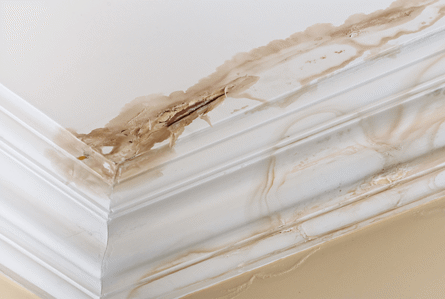This type of water leak is best left to a professional, who has the experience and knows how to stop water leakage from behind a wall. Unlike fixing a pipe under a sink, repairing a shower pipe that’s leaking behind the wall, for example, involves removing wet drywall, dealing with the possibility of moldy building materials, and drying the affected area before repairing the leak.
Afterward, the insulation, drywall, and paint, tile, or wallpaper must be replaced. This kind of work is usually beyond the capability of most people, even with the help of online videos. It’s worth the price to save time and have the peace of mind and warranty that comes with using a professional company.
Professional Water Damage Cleanup
No matter what type of water damage you experience in your home or business in the Dallas and Garland, TX area, ServiceMaster of North Texas knows it’s important to clean it up, fast. That’s why we’re available 24 hours a day, 7 days a week, and will respond within 2-3 hours of your initial call to assess the situation, extract the water, and set up our drying equipment to mitigate the damage.
The longer you wait to call, the more items will become damaged, possibly beyond repair. All of our technicians are IICRC-certified and will work with you to develop a water restoration plan that will remove excess water and restore damaged items before dangerous mold can start to grow.
Water restoration costs vary, depending on the extent of the damage, the presence of mold, and the number of items that need to be restored. According to HomeAdvisor.com, the national average to repair a wall is $667. The national average to repair water damage is $2,581. The national average to remove standing water is $2,869. The national average to test for mold is $673.


